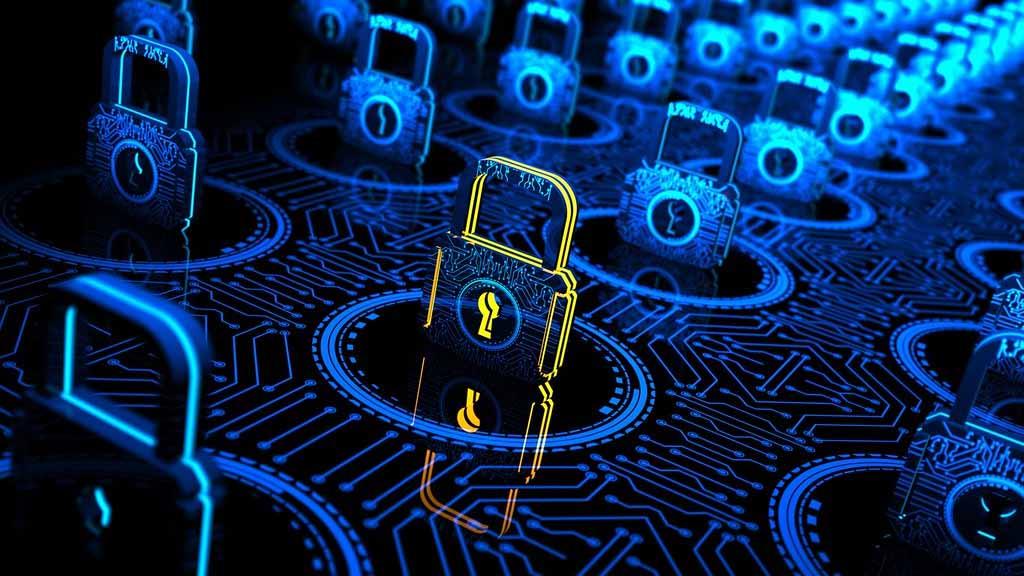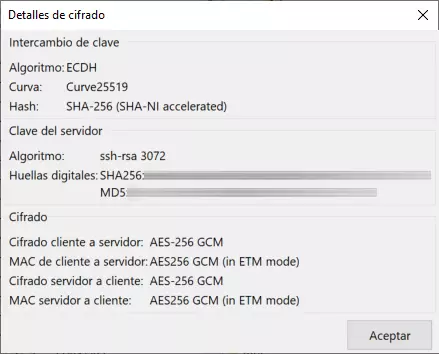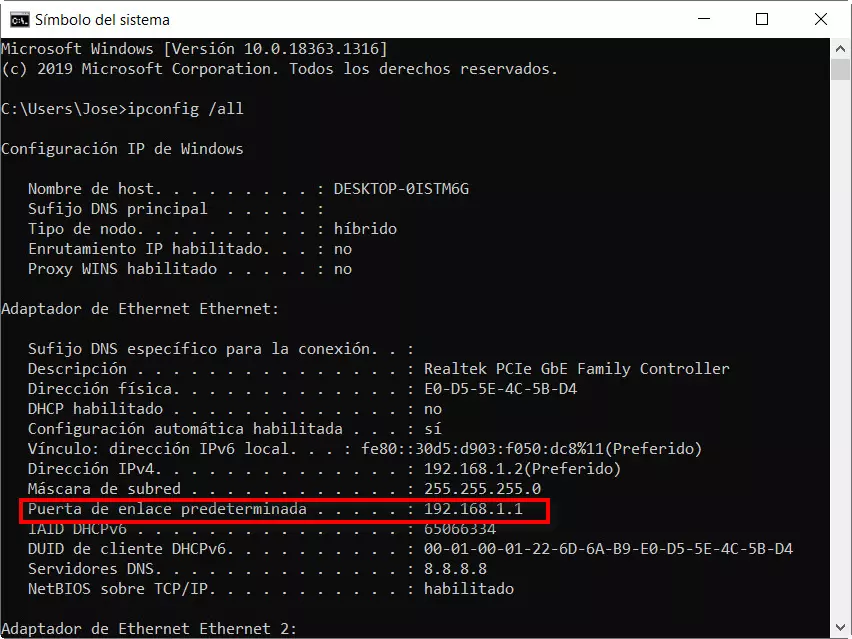
How is AES-128 encryption
In this case we are dealing with an encryption in which the key algorithm uses a 128-bit encryption. The number of bits is what will provide greater protection to that encryption. A particular key that uses AES-128 encryption is going to have two to the 127 power. A not negligible amount, as we can imagine.
Therefore, we can say that the 128 is the length key. This encryption appeared in 2001 with the aim of improving what had been up to then, which were 56-bit encryption. In the beginning, that old encryption was more than enough to be protected. However, little by little new teams emerged that gained the ability to break the keys.
AES-128 It came to double the number of bits in the encryption, something that exponentially increased the security of the encryption. Since then it is available to everyone, since it is something that we can find in a large number of programs, such as messaging, file encryption, etc. Today’s computer equipment does not have enough capacity to break this encryption. Still considered safe. Now, how long will this happen? It is a reality that technology advances and every time we have more powerful equipment that is capable of carrying out mathematical operations with greater speed.
It should be noted that the first tests to break 56-bit keys took more than 200 days. However, shortly after, there were computer teams that achieved it in just 3 days.
What is AES-256 encryption?
AES-256 is nothing more than a new version of the old protocol. It’s a 256-bit encryption, much more powerful. This allows greater security and that all data is much more secure in the hypothetical case that they could break a 128-bit encryption.
It should be borne in mind that Moore’s Law is based on the fact that as time passes, microprocessors are more powerful and have a greater capacity. If we transfer this to the possibility of breaking passwords and encryption, it is logical to think that sooner or later it may happen with the AES-128. We avoid this, at least for a few years, with the AES-256.
In this case we are facing an encryption with two to the power of 255 possibilities. It is something much, much higher than the figure we get with AES-128. In the event that a user makes an attempt to steal a key by brute force, they would find countless other options compared to the previous protocol. Security would be much higher. Will AES-256 encryption always be secure? Logically, technology advances and this will bring changes. With total security in a few years (whether they are more or less) we will find devices that can break an encryption key of this type in a matter of hours or days. That will force new, more secure protocols to appear.
Breaking these algorithms is something that has not been achieved at the moment. That is why today when a cybercriminal steals a password it is based on attacks such as Phishing, divination methods, keyloggers that collect the keys that we put, etc.
Differences between AES-128 and AES-256
It should be noted that AES is used in different programming languages, such as C, C ++, Java, or Python. Also that is present in file compression programs such as WinZip, 7 Zip, etc. Therefore, in this sense there are no differences, since the use is the same.
We can find obvious differences in the key algorithm, since AES-128 uses 128-bit encryption, while AES-256 uses 256-bit encryption. That is the most important difference of all. It is what really gives greater complexity in this second type and will allow devices and programs to be properly protected. The longer the key, the more difficult for an attacker to break it.
Another difference is the number of rounds. In the case of AES-128 it uses 10, while AES-256 uses 14. It should be mentioned that the algorithm is based on different substitutions, permutations and linear transformations, which are executed in blocks of 16 bytes. These operations are repeated several times and are known as rounds. In each round a different unique key is calculated and incorporated into those calculations. Therefore, there is a difference between one and the other option.
What type of encryption should I use
At this point we can ask ourselves what type of encryption we should use. The truth is that both, at least today, they are totally safe. There has been no way to exploit AES-128, much less AES-256. Should we avoid using the first type? It is very likely that we will come across programs that are encrypted with AES-128. That is no reason not to use it or to think that it is less safe.
Now, sooner or later technology will advance. It is possible that in a few years AES-128 encryption could be exploited by very, very powerful computers. Even AES-256, although much more would be left for this. However, today we can use any type of AES encryption without fear that our passwords may be broken. Both options are very safe and we will not have problems.
In short, as we have explained there are not so many differences between AES-128 and AES-256 beyond the number of bits of each encryption. The second option is much more difficult to break, but you have to start from the basis that no one has managed to exploit the AES-128 encryption to this day.




